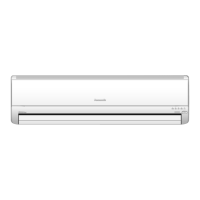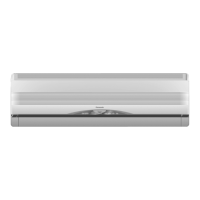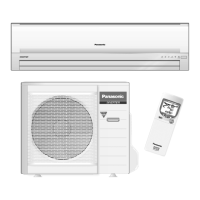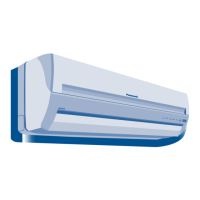What to do if my Panasonic Air Conditioner remote control does not work?
- DDebra DelacruzAug 8, 2025
If the remote control for your Panasonic Air Conditioner isn't working, make sure you have inserted the batteries correctly or try replacing weak batteries.






